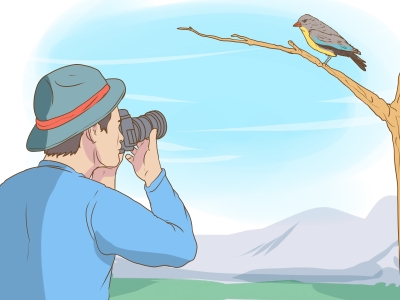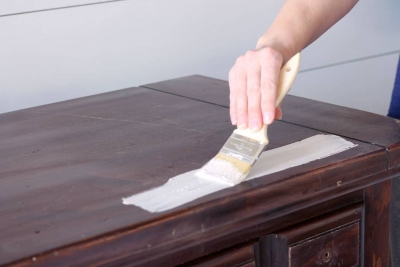
Do you know that booking for witnessing the Attari-Wagah retreat ceremony on India-Pakistan international border goes online?
If you have been following the news, you might have read that booking for the Attari-Wagah retreat ceremony can be made online. The online booking facility opens on Jan 1, 2023. What is this ceremony and when can it be watched? Let’s find out.
A daily ceremony
The Attari-Wagah front is along the India-Pakistan international border in Punjab. The Attari-Wagah retreat ceremony the daily national flag lowering and retreat ceremony taking place along the border. It is open for viewing by visitors. Symbolising rivalry as well as brotherhood and cooperation between the two nations, the purpose of the Attari-Wagah retreat ceremony is to formally close the gate at the border for the night. The Border Security Force (BSF) that guards the frontier conducts the event. The Attari border front, also called the joint check post or JCP, is located about 26 km from Amritsar city, and hundreds of domestic visitors and foreign tourists watch the daily ceremony conducted in a synchronised manner by smartly-dressed BSF personnel along with their counterparts, the Pakistan Rangers, on their side known as Wagah.
The background
India and Pakistan have been traditionally hosting the evening flag-lowering ceremony on the Attari-Wagah border since 1959 and the event is attended by people from both the countries on their respective sides. The ceremony which starts between 3.30 and 4 every evening lasts 60-120 minutes. The synchronised ceremony involves lowering of the flags of the two countries, foot stomping manoeuvres of the troops and loud shouts with patriotic songs being played in the background on either side. The ceremony ends with a retreat after a brief handshake between the soldiers on both sides.
Web portal launched
At present, people reach the retreat area without prior booking and the BSF allows them to take seats in the gallery on producing an ID card. A web portal for people desiring to witness the joint retreat le ceremony in person – http://attari.bsf.gov.in – has been launched by the BSF.
Online booking can be made from January 1 onwards. The new facility is not chargeable and visitors will be initially allowed to book 12 persons in one group, 48 hours prior to the desired day, after furnishing photo ID card details online. The booking details will be sent through an SMS to the mobile number of the group leader or the first visitor listed.
The BSF has now numbered the seats in the viewing gallery so that it can hold about 20,000-25,000 visitors daily. The online booking will also allow the tourists to visit the BSF museum and border pillar No. 102 that is erected next to the Attari border gate.
Picture Credit : Google





